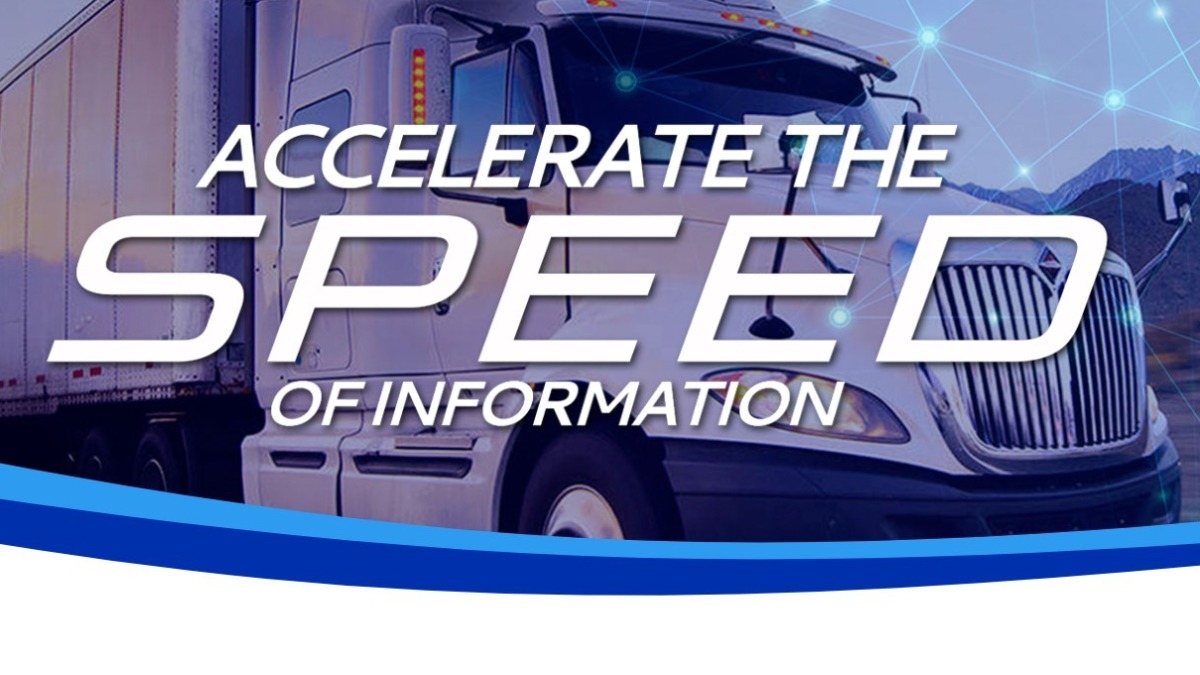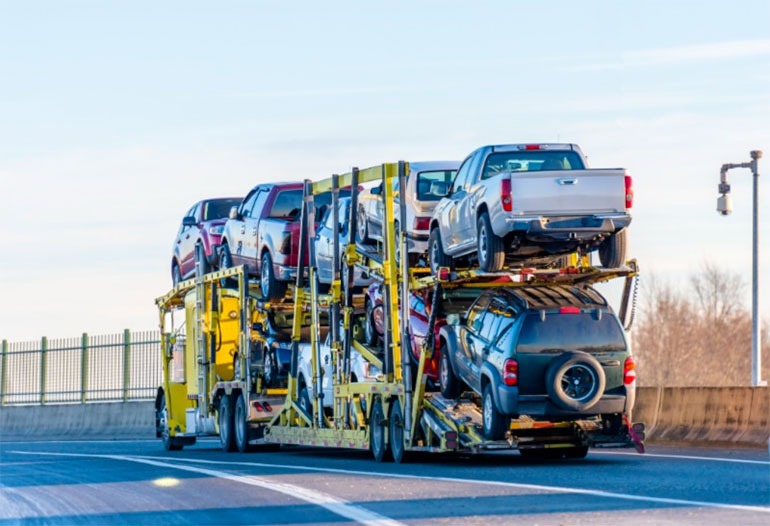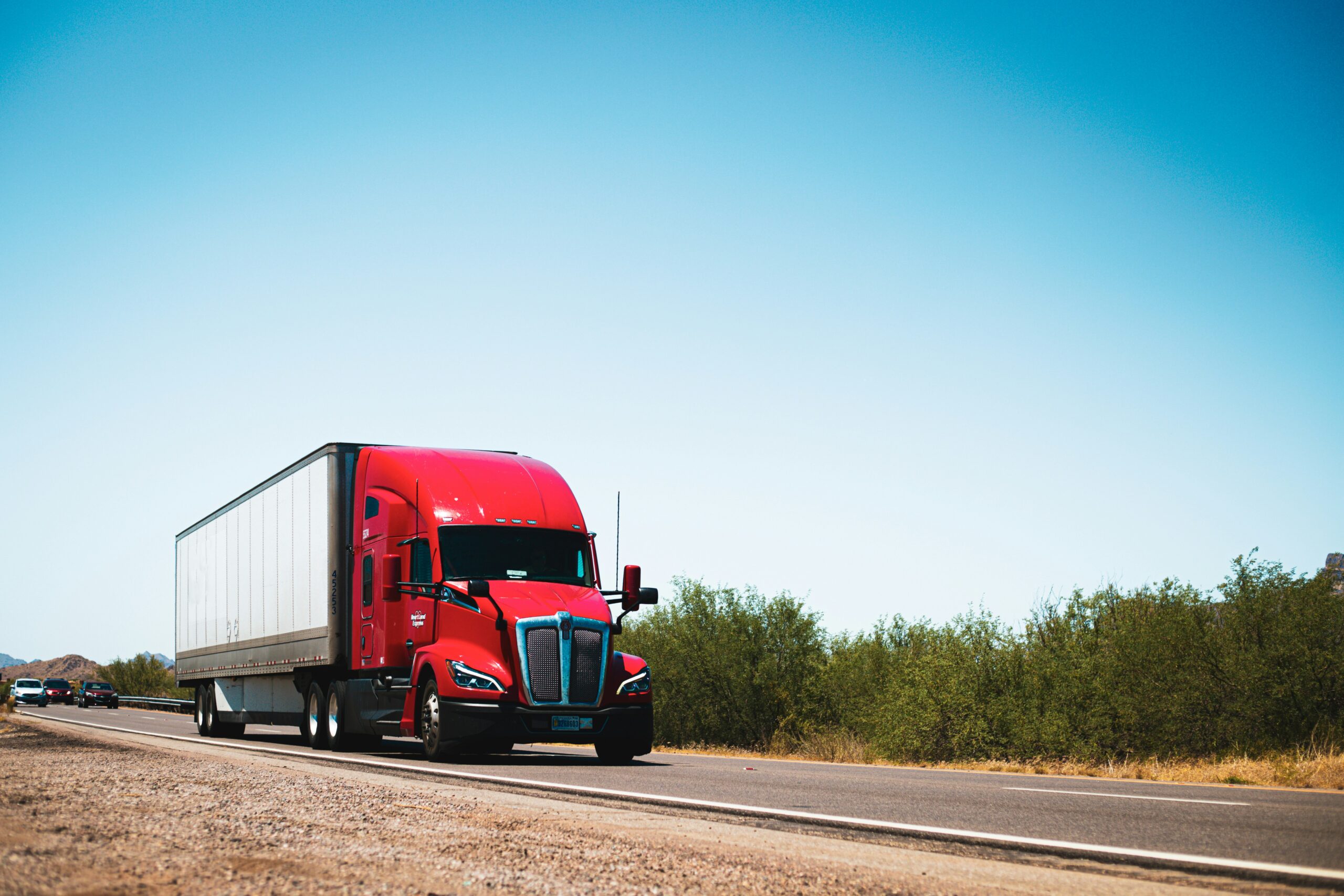

When you’re driving on the interstate and see heavy equipment on flatbed trailers, perhaps you think, “How does that equipment stay in place? What training do drivers receive to secure these loads?”
Commercial motor vehicles must comply with several federal regulations to help ensure our roads are safe for everyone. The Federal Motor Carrier Safety Administration (FMCSA) regulation subpart 392.9 requires commercial truck drivers to inspect and secure cargo before starting their vehicle. In addition, drivers must: Inspect the cargo within the first 50 miles of a trip to ensure nothing has shifted; reexamine the cargo when making change to duty status; or the vehicle has been driven for three hours; or the vehicle has been driven for 150 miles, whichever occurs first.
FMCSA regulation subparts 393.100 – 393.136 provide specific details on the types and minimum of tiedowns allowed and rules for securing cargo such cargo such as lumber, poles, plywood, steel coils and heavy equipment.
As a former commercial vehicle enforcement trooper who inspected cargo securement as part of Level I and Level II Department of Transportation (DOT) inspections, I could identify those drivers who had been properly trained versus those who lacked basic understanding of the requirements and how to apply them when securing cargo.
The consequences of not following FMCSA regulations can be costly because of the number of accidents that occur. A four-year study by the AAA Foundation for Traffic Safety found debris on U.S. roads caused more than 200,000 crashes, resulting in 39,000 injuries and more than 500 deaths. About two-thirds of debris-related crashes were caused by items falling from a vehicle due to improper maintenance or unsecured loads.
I have also investigated accidents where the load shifted forward through the truck’s cab, killing the driver. Violating FMCSA regulations can also mean a hit to companies’ and drivers’ bank accounts. Fines can be thousands of dollars and affect Compliance, Safety, Accountability scores.
The benefits of load securement training are many. When developing a class, I recommend including these 10 points:
The securement of cargo is an important responsibility of drivers, but it falls back on the motor carrier to provide adequate training to ensure they’re properly qualified. A lack of training or a poor commitment to securing cargo can have a lasting impact on drivers, carriers, and the public.








